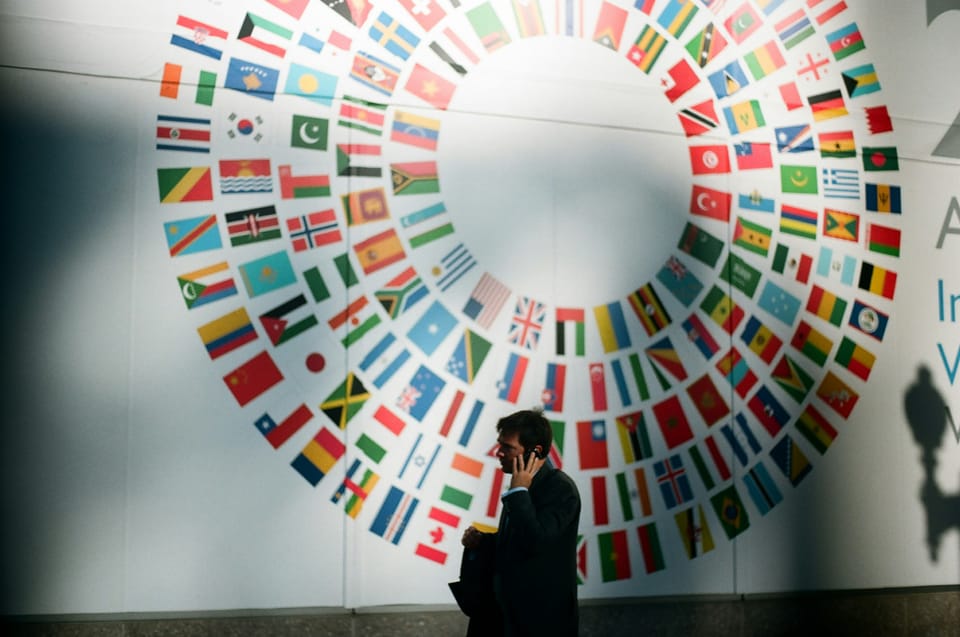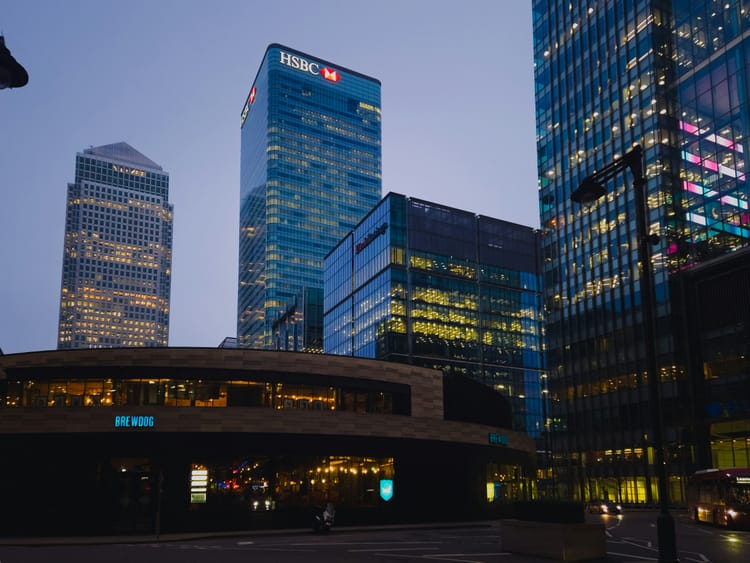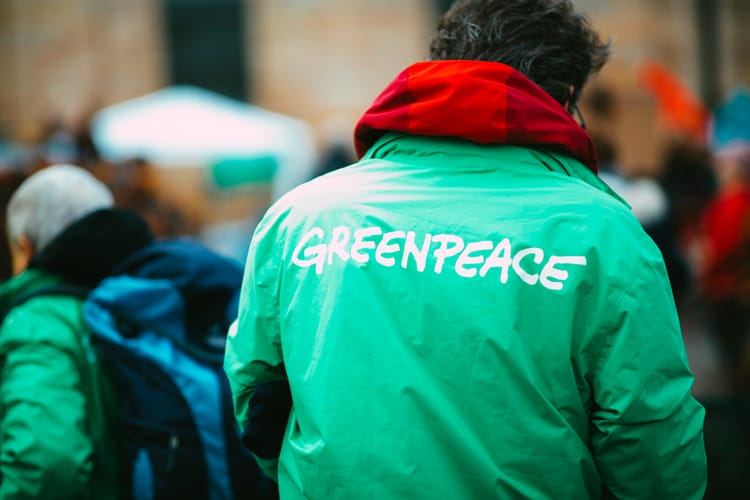MDBs mobilised US$134bn in private climate finance in 2024

Climate finance provided and mobilised by multilateral development banks (MDBs) increased dramatically last year, with low and middle-income countries as the main beneficiaries.
MDBs such as the European Investment Bank (EIB), African Development Bank (AfDB), Asian Development Bank (ADB) and the World Bank Group, among others, committed a total of US$137 billion in climate finance last year – up 10% from 2023.
Of this total, US$85.1 billion (63%) was directed towards low and middle-income countries (a 14% increase from the previous year), while US$51.5 billion (37%) went to high-income economies.
In addition, MDBs helped mobilise US$134 billion in private finance for climate action in 2024 – a 33% increase from 2023.
MDB climate finance goals
“Today’s report shows that multilateral development banks are on track to meet their ambitious goals,” said EIB Vice-President Ambroise Fayolle. “As the Climate Bank, the EIB Group is staying the course on climate action and will step up its support for the clean energy transition and climate adaptation efforts, making climate, competitiveness, prosperity, and security a winning proposition for Europe and the world.”
At COP29 last year, multilateral development banks committed to increasing their collective financing to low- and middle-income countries to US$120 billion by 2030, including US$42 billion for adaptation. They also aim to mobilise USD 65 billion from the private sector.
For high-income countries, this annual collective climate financing is expected to reach US$50 billion, including US$7 billion for adaptation.
Energy, infrastructure and transportation top the list of recipients
The largest portion of MDB funding deployed for climate mitigation last year (US$41 billion) went to energy projects, followed by buildings and energy efficiency (US$18 billion) and transport (US$15.7 billion).
Overall, US$105.6 billion of the finance unlocked by MDBs went to mitigation activities, while adaptation projects received just US$31.3 billion.
More detailed data will soon be made available through an interactive web platform to be presented at COP30, giving stakeholders real-time access to climate finance information.
Countries participating in last year’s UN Climate Change Conference (COP29) agreed to scale up support for developing countries to at least US$1.3 trillion annually from public and private sources by 2035.







Member discussion